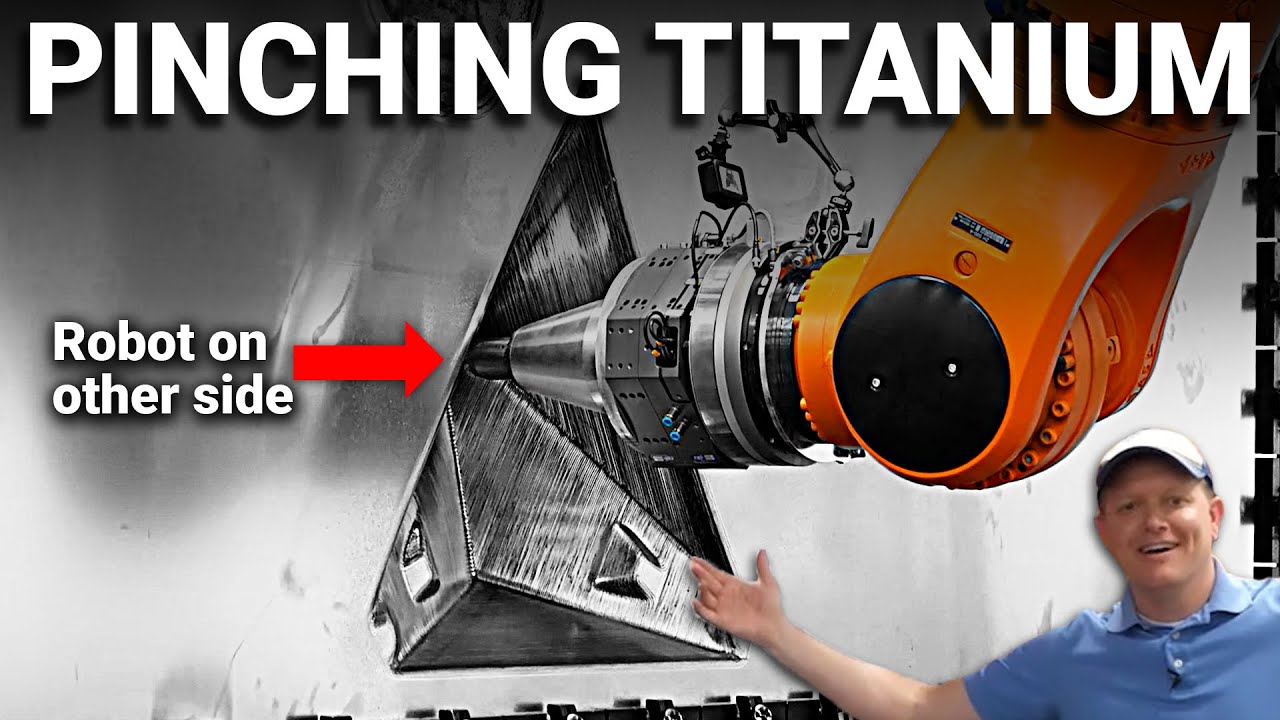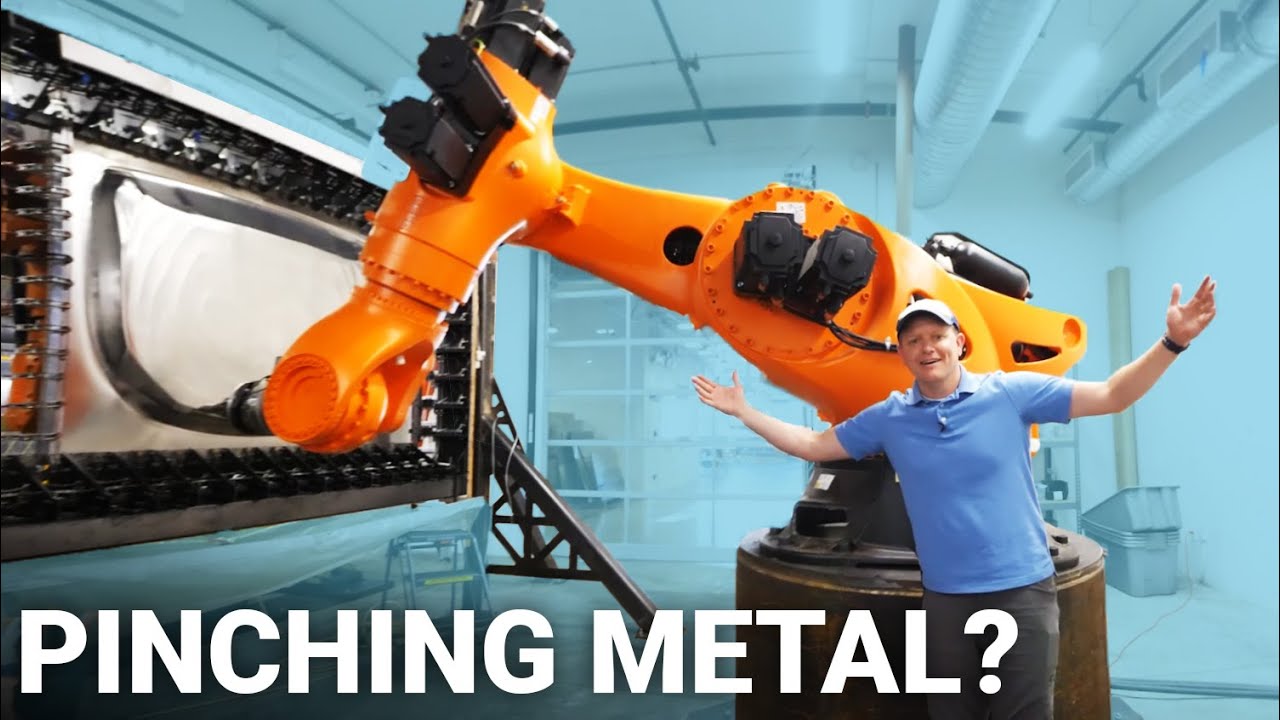Iphone type inventions are huge step changes that happen fast and become ubiquitous, but I would argue that most innovations that have an impact on wealth go unnoticed. The robot videos from Boston Dynamics are flashy, but the amount of automation that happens without robots eclipses automation with robots.
Granted that robots have come a long way. A friend of mine told me he had his esophagus wrapped a couple weeks ago and the surgery was completed without a human touch.
This is just one innovation of so many that they cannot be comprehensively listed.
New tools such as the nail gun, the laser level, spray painters, masking tools, dry wall taping tools and cordless hand tools make construction easier and faster. These tools are now ubiquitous. It is amazing how fast a home can be built. If you have a shingled roof, you likely have shingles that prevent algae growth and the shingles will last much longer. There are siding materials that are better than tin or vinyl at the same or lower cost. The windows are better insulated, floors made of engineered laminates, lights that are brighter and use less energy and you can open and close your garage door from anywhere in the world.
How about the improvement in vehicles from paints, anti-corrosion, fuel mileage, engine performance, transmission performance etc. My pickup is 10 years old has 150,000 miles and still looks and runs good. I have a battery pack that can jump start my truck in the unlikely event that I run the battery empty. Just drive a 95 to see how much the ride has improved.
If you hunt, your shotgun weights less and doesn’t jam. Your ammo is better. The lead pellets are near perfect. You are probably wearing a base layer that is comfortable and keeps you warm and dry. Well all your clothes are wind proof, water proof, keep you warm and dry or cool if happens to be hot. You might have a roto-formed cooler that can keep your beer cold for a few days. You can film your hunt with a drone and at night look through the pictures of the deer from the trail cam. You could decide to go online and make a 3d drawing of your improved deer stand. This year I am looking forward to sitting in the air conditioned combine with my high school buddy as it drives itself and displays in real time the 200 bushel corn (up from 50 bushels when we were kids) he is harvesting. Maybe he will let me drive the grain cart. Word is all I have to do is get close and hit a button. Sit back and watch for game.
Recently I had to purchase a new wallet because my dog got my old one. It has an easy access slot for the one credit card I use, a piece of fabric you pull to access the remainder of the cards and a money clip. No more fiddling around trying to find a card and fumbling around trying to get the cash into the thing. This is a significantly better wallet and I am reminded of this every time I pay for something. This innovation doesn’t have the impact of the transistor, but I think 80 percent of advancement comes from incremental improvement. Something GM and Steve Jobs didn’t realize when they tried to fully automate factories. You get 80% of the benefit from 20% of the automation and the last 5% is extraordinarily hard to achieve.

